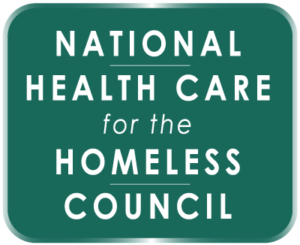Julia Dobbins is the Director of Programs and Services for NIMRC.
While medical respite has grown exponentially in the last ten years, it is still a fairly recent addition to the homeless health care field with the earliest programs beginning in the 1980s. Only 35 states have medical respite programs and of those, only a few have five or more programs in their state. To raise awareness and gain community buy-in, programs must demonstrate with evidence how medical respite care adds value to health systems and facilitates a better continuum of care for very vulnerable clients.
In the spring of 2019, the Council convened a learning collaborative of ten medical respite programs who met for a year to discuss and share promising practices in outcome measures and data collection. Based on the work of the learning collaborative and further discussions with the Respite Care Providers’ Network Steering Committee, we are pleased to share NIMRC’s newest publication “Outcome Measures & Data Collection: Recommendations for Medical Respite Programs.”
These outcome measure recommendations are intended to serve as a foundation on which medical respite programs can build their practice. Data-driven outcome measures help medical respite programs demonstrate their value, sustain their practice, and continuously innovate based on the needs of their community. In addition to this publication, in May 2020, three participating programs from the learning collaborative presented a webinar on this topic. During the webinar, presenters shared resources, recommendations, and lessons learned from the field.

